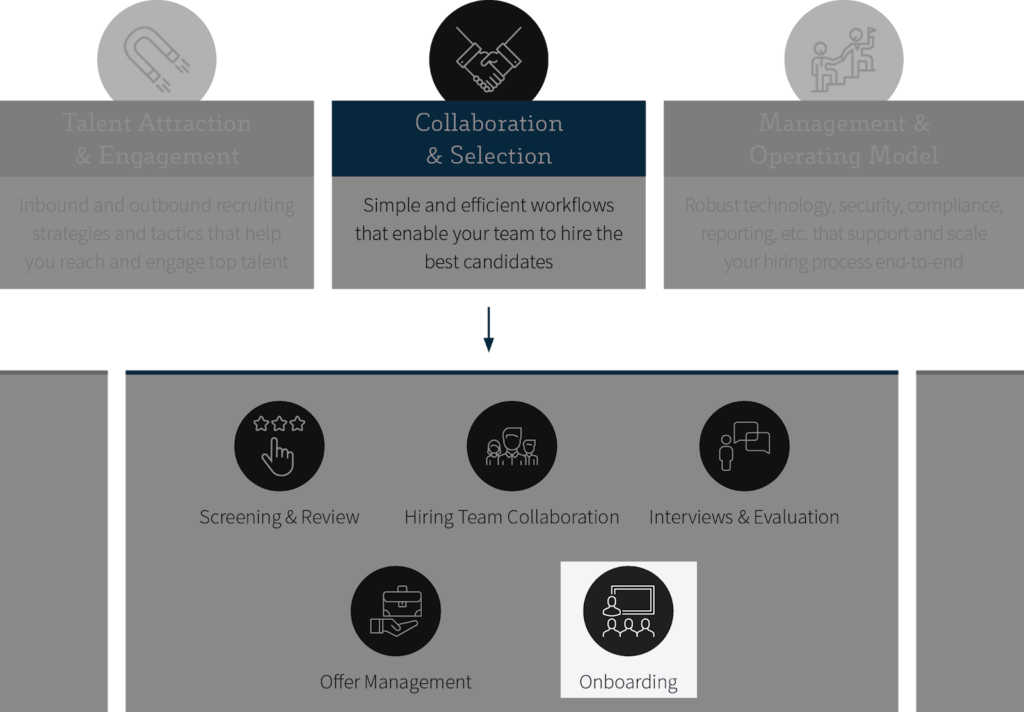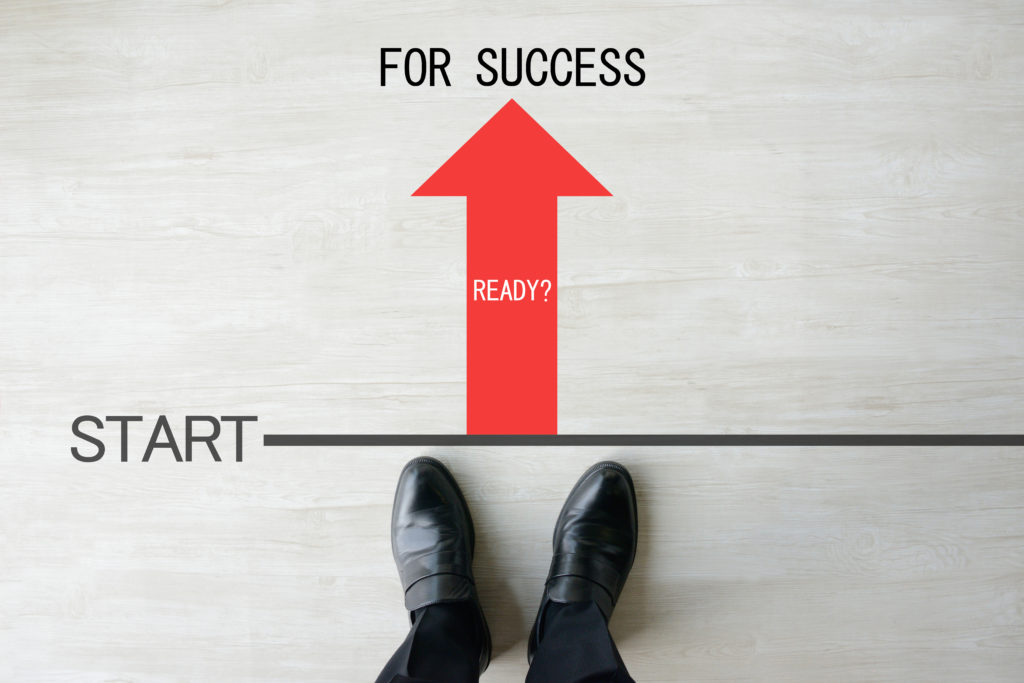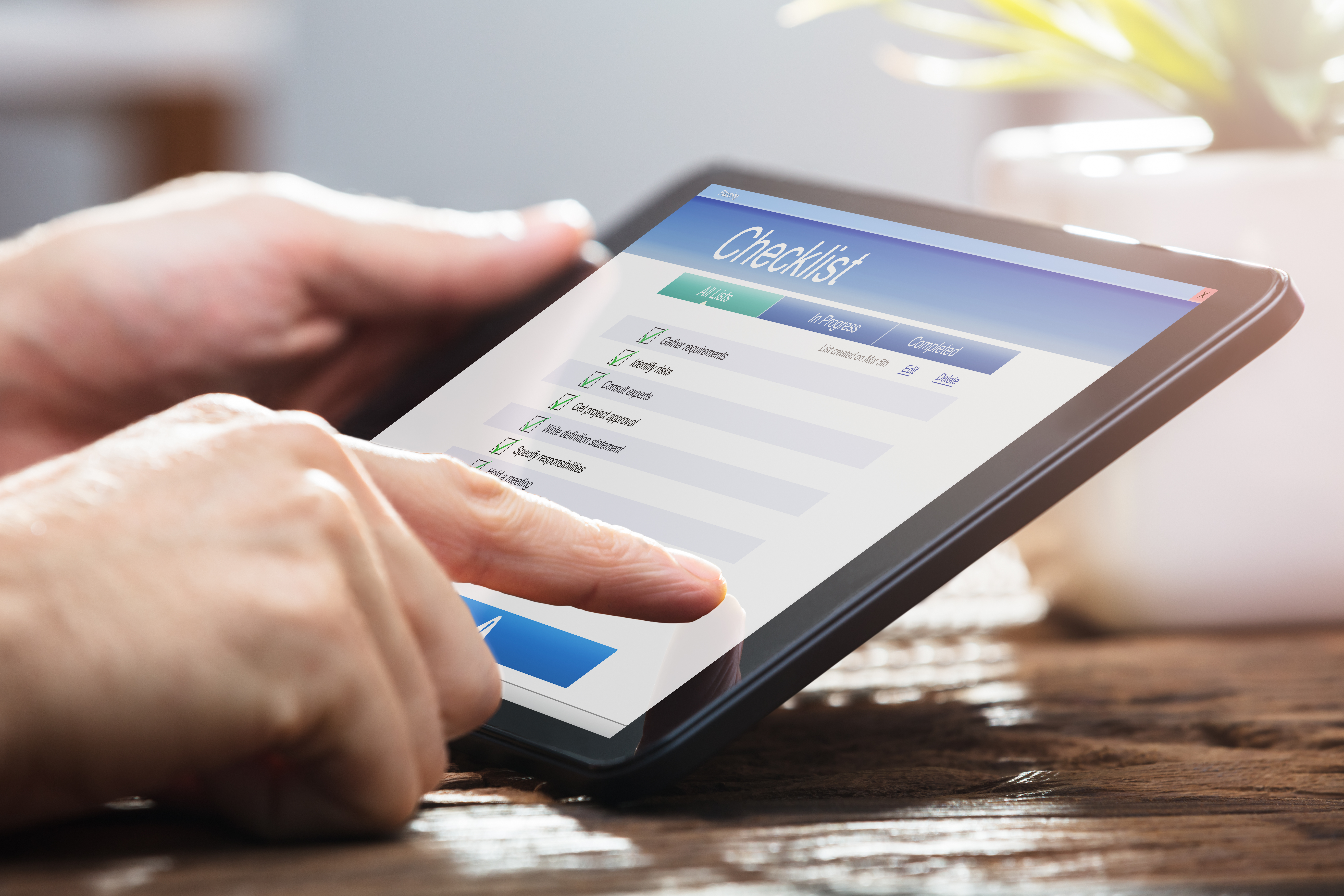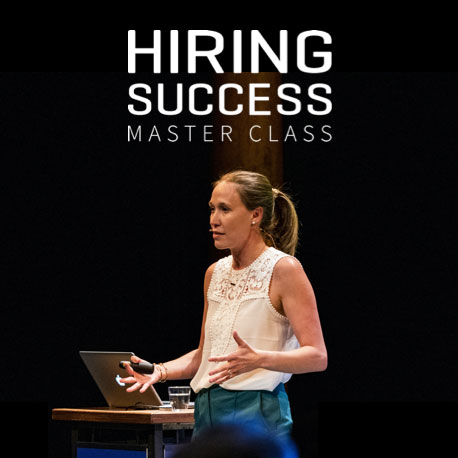This article is part of our focus on sharing how TA leaders can build a more inclusive recruiting process. To become an active participant, check out the Diversity Hiring page!
Table of Contents
- Defining a culture of diversity & inclusion
- Where D&I fits in employee onboarding
- A more level playing field
- Conclusion
Defining a culture of diversity & inclusion
SHRM defines workplace diversity as “the collective mixture of differences and similarities that include individual and organizational characteristics, values, beliefs, experiences, backgrounds, preferences and behaviors.” It’s appreciating the whole person for the traits and talents that set them apart from one another. When companies administer and uphold the precepts of diversity within an organization, it creates a more enriched environment that fosters employee growth, innovation and productivity.
In parallel with diversity, an inclusive work ecosystem offers unbiased and respectful treatment, regardless of the environment. Inclusion celebrates the things that make all of us different, like age, gender, religion, education, etc. and how these differences offer empowerment and connection. Employees are treated fairly across the board and open to the same opportunities, tools and resources. With widely accepted social mores and office standards as its foundation, inclusion is the act of making an “outsider” feel accepted.
For both Talent Acquisition and HR teams to work succinctly and successfully, however, the two entities must operate in conjunction with one another as well as with the entire organization. This unified engagement is what sparks creativity, innovation and inspiration. In fact, Harvard Business Review found that “…companies with two-dimensional diversity out-innovate and out-perform others. Employees at these companies are 45% likelier to report that their firm’s market share grew over the previous year and 70% likelier to report that the firm captured a new market.” The numbers don’t lie (and they’re definitely impressive). But the one common denominator is a positive, memorable onboarding experience. A positive onboarding experience can create a stronger sense of fit for new employees, thereby driving an organization’s net hiring score.

Where D&I fits in employee onboarding
Like most processes that tend to improve or progressively evolve over time, employee onboarding – especially the technology stack that supports it – has undergone significant changes and transition through the years. After all this time, however, it’s apparent that employee onboarding processes are still not up to par at many organizations. They should be in this day and age – for the sheer sake of continuity, technology and common sense – but that is not the case.
During the allotted time of onboarding, companies have the opportunity to actually demonstrate – not merely just verbally tell or train new hires – about what a day in the life at the company would be like. Amy Hirsh Robinson from the Interchange Group firm in Los Angeles points out a pivotal fact: “Onboarding is a magic moment when new employees decide to stay engaged or become disengaged. It offers an imprinting window when you can make an impression that stays with new employees for the duration of their careers.” This is precisely why an inclusive and diverse onboarding process is vital to the active engagement and ultimately longevity of your new employees.
Many consider onboarding the moment the candidate experience transforms into the employee experience. As most – if not all – HR professionals attest: it takes a village. As an aligned partnership, it’s critical for HR and TA teams to collaborate for the continual improvement and optimization of their processes. Along with the support of related internal teams, the D&I commitment becomes more engrained in an organization’s culture. As a result, more meaningful social progress can be made.
Ensuring new hires begin their employee journey at your organization in a positive, proactive fashion is undoubtedly one of your HR team’s highest priorities. Why? Because great employees are an invaluable asset to any business. If they experience exceptional onboarding at the frontend, the chances of them becoming a dedicated, long-term employee are significantly higher on the backend. In fact, 69% of employees are typically more likely to stay at a company for three years if they experienced great onboarding. Integrating an onboarding program that gives each new hire a level playing field will go a long way towards ensuring your new hires are off to a fantastic start.

A more level playing field
Let’s face it. Not everyone owns a PC or laptop; it’s a luxury many have but certainly not an expectation. It’s especially common now as people are home and collaborative working arrangements are limited due to social distancing. In addition, not everyone has used onboarding tools before. Are they comfortable using these programs? Are the tools intuitive enough to make it simple and straightforward? A steep learning curve could potentially throw off the new hire and destroy their confidence at the get-go. Because not everyone has used onboarding tools before, it’s imperative to cater to a diverse audience with differing levels of experience and digital skill sets.
Onboarding inclusion… with a little help from our phones

Considering that nearly 70% of the world’s population owns a mobile phone, it’s clear the ideal choice for inclusive onboarding has to be mobile-first, supporting any iOS and android device. Onboarding software’s user-centric technology positively positions candidates to experience onboarding in a user-friendly, seamless, mobile-first and simple way.
Augment the mobile experience by evangelizing, educating and reinforcing the integral value of inclusion and diversity while you’re still in the active onboarding phase. Understanding this approach requires additional work, and the dividends inclusive onboarding pays out can be profound. Why? Because it’s tangible proof that the organization has a vested interest in them as well as their tenure at the company. In addition, it strengthens your branding by demonstrating your business ecosystem is a positive, proactive environment where employees feel safe and that they belong.
With the inordinate amount of data that supports the many enhanced results from an inclusive and diverse workforce, achieving this lofty goal takes a solid, deliberate plan. It must showcase your organization’s concerted effort to address the issues with a proactive attitude that reflects your company’s promise of inclusion.
There’s virtually one thing that every new hire has in common today: the proximity to their mobile phone. An average person spends three hours and 15 minutes every day on their phone. 58% of job seekers look for jobs on their phone, and one of our clients shared that a full 60% of the applications they received were from candidates applying from their phone.
Conclusion
The onboarding playing field is a diverse and extensive space, especially now that we’re in the midst of a global pandemic. It’s unchartered territory for everyone, and it demands a viable solution that will propel and evolve TA, HR, HR processes and onboarding into the future.
Elements like an inclusive onboarding experience, candidate experience, communication, recognition and more can be tailored to unique employee needs, ensuring everyone achieves a level playing field.
This article is part of our focus on sharing how TA leaders can build a more inclusive recruiting process. To become an active participant, check out the Diversity Hiring page!

 Enroll in the Master Class & earn 6 SHRM credits
Enroll in the Master Class & earn 6 SHRM credits